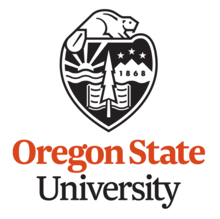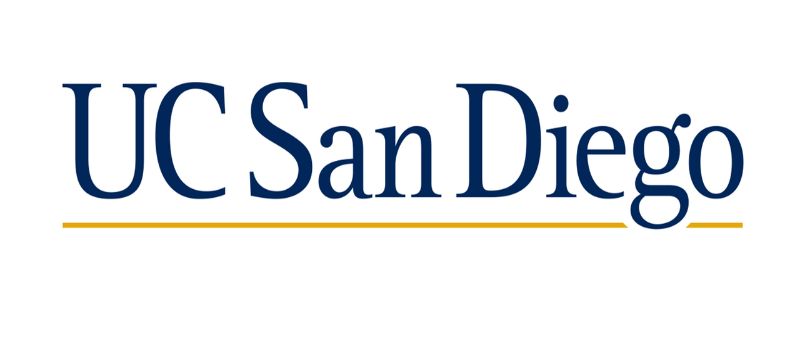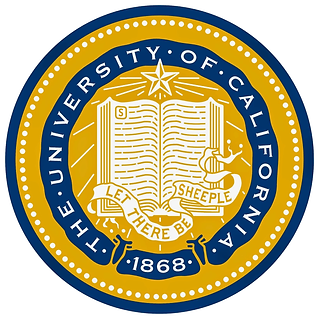About

Welcome to my digital workspace! I'm Robin K. Singh, a robotics engineer passionate about enabling autonomous systems to operate intelligently in dynamic and unstructured environments.
I recently completed my M.S. in Robotics at Oregon State University, where my research focuses on underwater robotic grasping. My work involves predicting and quantifying uncertainty in the future motion of submerged objects under variable wave conditions, and developing dynamic grasping algorithms that adapt to real-time changes. This research was recognized with a presentation at the IEEE OCEANS 2024 conference.
Beyond underwater robotics, my expertise spans motion planning using machine learning (including sequential modeling and imitation learning approaches) and SLAM, sensor fusion, and localization for autonomous vehicles. My experience integrating perception, planning, and control systems allows me to bridge research and real-world deployment effectively.
I hold a bachelor's degree in Electronics and Communication Engineering from Delhi Technological University, giving me a strong foundation across both hardware and software domains. Throughout my career, I've contributed to diverse projects—from building rider assistance and crash detection systems for electric motorcycles, to designing gimbal stabilization platforms, to developing navigation systems for autonomous ground vehicles.
This multidisciplinary background places me at a unique intersection of robotics, autonomy, and system integration. I am a fast learner, passionate about exploring new technologies and frameworks, and committed to continuously expanding my technical stack to meet emerging challenges in robotics and AI.
Thank you for visiting — feel free to connect if you'd like to collaborate or explore the future of autonomy together!



